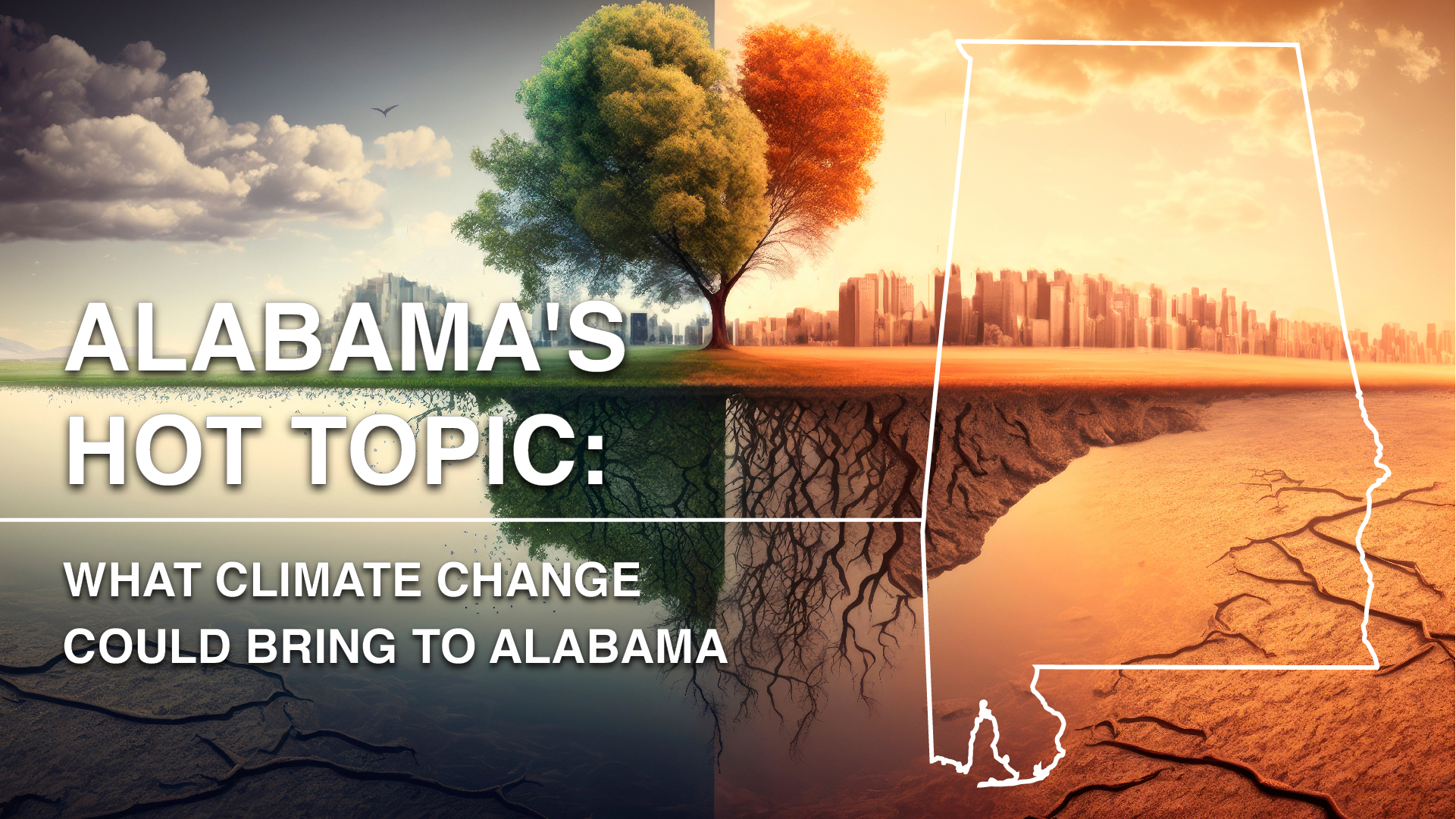- Joined
- Jan 25, 2012
- Messages
- 49,826
- Reaction score
- 15,435
- Location
- Texas
- Gender
- Male
- Political Leaning
- Conservative
This is an interesting report from the DOE.
A Critical Review of Impacts of Greenhouse Gas Emissions on the U.S. Climate
A Critical Review of Impacts of Greenhouse Gas Emissions on the U.S. Climate
Figure 3.1.1 shows that the anthropogenic forcing component was negligible before about 1900 and
has increased steadily since, rising to almost 3 W/m2 today. However, this is still only about 1 percent of
the unperturbed radiation flows, making it a challenge to isolate the effects of anthropogenic forcing; state-
of-the-art satellite estimates of global radiative energy flows are only accurate to a few W/m2.
I am still reading, but it is a different look at how our climate is changing.Widespread use of RCP8.5 as a no-policy baseline has created a bias towards alarm in the climate
impacts literature. The extent of this problem was confirmed in a literature analysis by Pielke Jr. and Ritchie
(2020). They found that some 16,800 scientific papers published between 2010 and 2020 used the RCP8.5
scenario, with about 4,500 of the articles linking RCP8.5 to the concept of “business-as-usual”. Their
analysis showed how RCP8.5 was misused not only by individual researchers, but also by influential
science agencies like the IPCC and the U.S. National Climate Assessment (USNCA), which has directly
led to misleading coverage in prominent media outlets.



